BYD Achieves Record EV Sales in 2024: Chinese electric vehicle (EV) giant BYD has set a new benchmark for the EV industry with record-breaking sales in 2024. The company’s growth has been driven by strong domestic demand, aggressive market strategies, and government incentives. As competition heats up, BYD continues to stand out as a leader in both battery electric vehicles (BEVs) and plug-in hybrid electric vehicles (PHEVs).
BYD’s Record Sales Figures for 2024
BYD’s sales of new energy vehicles (NEVs) reached an astounding 4.27 million units in 2024. This represents a 41.26% increase compared to 2023, surpassing the company’s earlier target of 3.6 million units for the year. NEVs include both BEVs and PHEVs, making BYD a significant player in the global EV market.
Detailed Breakdown of BYD’s 2024 Sales:
| Category | 2024 Sales (Units) | Year-on-Year Growth |
|---|---|---|
| Total NEV Sales | 4.27 million | 41.26% |
| Passenger NEV Sales | 4.25 million | 41.07% |
| Battery Electric Vehicles (BEVs) | 1.76 million | 12.08% |
| Plug-in Hybrid Electric Vehicles (PHEVs) | 2.49 million | 72.83% |
This impressive growth underscores BYD’s ability to meet rising consumer demand while maintaining a competitive edge in the industry.
Key Factors Driving BYD’s Growth
BYD’s success in 2024 can be attributed to several critical factors:
1. Government Incentives
China’s government has played a pivotal role in boosting EV sales by offering subsidies and trade-in programs. These initiatives encourage consumers to replace older petrol and diesel vehicles with new energy vehicles. For example, trade-in schemes provide financial benefits to customers, making the switch to NEVs more affordable.
2. Year-End Discounts
BYD capitalized on consumer behavior by offering significant discounts at the end of the year. These promotions created a surge in sales, especially in December, when customers sought to take advantage of the deals.
3. Increased Consumer Awareness
As environmental concerns grow, more consumers are opting for sustainable transportation solutions. BYD has positioned itself as a leader in providing green technology solutions, contributing to its increased popularity.
4. Technological Advancements
BYD continues to invest in battery innovation and energy efficiency, ensuring its vehicles remain competitive in terms of range, performance, and affordability. The company’s Blade Battery technology is a notable example of its commitment to innovation.
Learn more about BYD’s battery technology here.
BYD vs. Tesla: The Race for Global Leadership
While BYD is making remarkable strides, Tesla remains the global leader in BEV sales, delivering 1.78 million units in 2024. However, the gap between the two companies is narrowing rapidly, as BYD’s growth outpaces Tesla’s in key areas.
Tesla’s Challenges in 2024:
- Falling Sales: Tesla has faced declining demand in several markets due to increased competition and reduced subsidies.
- Profit Margin Erosion: Rising production costs and price wars have impacted Tesla’s profitability.
- Cybertruck Delays: Production issues with the Cybertruck have further dented consumer confidence.
- Workforce Reductions: In April 2024, Tesla announced a 10% reduction in its global workforce, citing lagging demand.
The Competitive Landscape in China’s EV Market
China’s EV market remains the largest and most dynamic in the world. In addition to established players like BYD, SAIC, and Geely, smaller companies such as Leapmotor, Li Auto, and Xiaomi are rapidly expanding their market presence.
U.S. New Car Sales Hit: Five-Year High in 2024, Driven by Hybrid Boom
BYD’s Position Amid Rising Competition:
- Despite the influx of competitors, BYD has retained its dominance, thanks to its extensive product lineup and competitive pricing.
- Smaller companies, while innovative, lack the production scale and market reach of BYD. For example, Leapmotor and Li Auto have shown promising growth but still trail significantly behind BYD in overall sales.
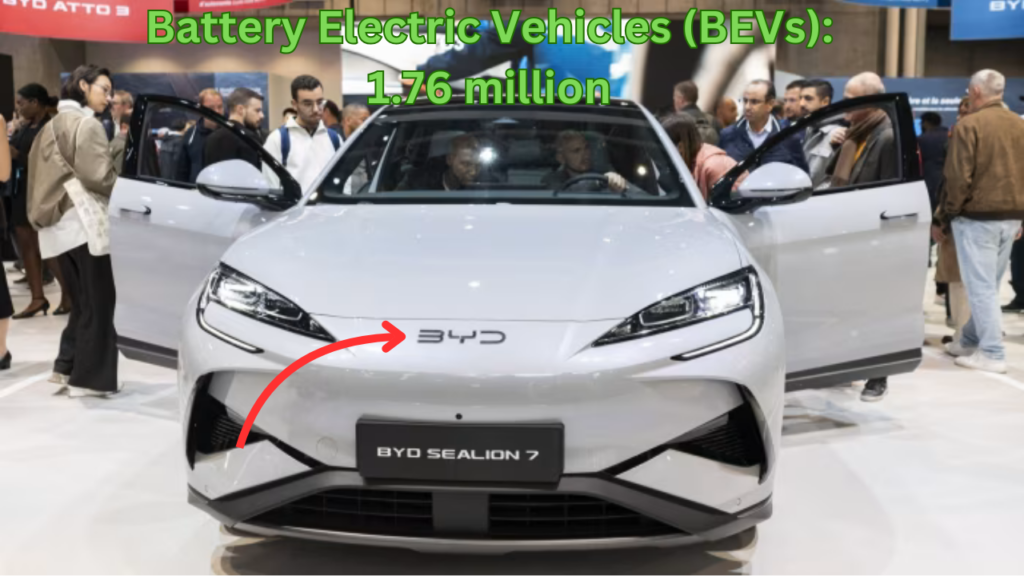
Challenges for Rivals:
Competitors like Nio and Xpeng are struggling to meet their sales targets amid increasing competition and market saturation. Nonetheless, these companies continue to innovate, offering unique features such as battery swapping and advanced autonomous driving technology.
Government Policies Supporting EV Growth
The Chinese government’s policies have been instrumental in driving EV adoption. Key measures include:
- Subsidies: Financial incentives for both manufacturers and consumers.
- Trade-In Schemes: Discounts for replacing older vehicles with new energy models.
- Infrastructure Development: Investments in charging stations and battery-swapping networks.
These initiatives have not only boosted domestic sales but also allowed Chinese EV makers to expand internationally. However, recent EU tariffs on Chinese EVs, including those from BYD, could slow growth in Europe.
BYD’s Global Expansion Strategy
BYD is actively expanding its presence in international markets, with a focus on Europe, Southeast Asia, and Latin America. The company has entered into partnerships with local distributors and launched localized models to cater to diverse consumer preferences.
Key Global Markets:
- Europe: Despite challenges like tariffs, BYD continues to grow its market share in the EU by offering competitively priced vehicles.
- Southeast Asia: Countries like Thailand and Indonesia are emerging as key markets for BYD, thanks to growing demand for affordable EVs.
- Latin America: BYD has established a strong presence in countries like Brazil and Chile, leveraging government incentives and partnerships.
Technological Innovations Driving BYD’s Success
BYD’s commitment to innovation is a cornerstone of its success. The company has invested heavily in:
- Battery Technology: BYD’s Blade Battery offers improved safety, durability, and energy density.
- Energy Storage Solutions: The company is developing integrated systems for renewable energy storage.
- Autonomous Driving: BYD is incorporating advanced driver-assistance systems (ADAS) to enhance vehicle safety and convenience.
Challenges and Opportunities Ahead
Challenges:
- EU Tariffs: Increased import duties on Chinese EVs could impact international sales.
- Market Saturation: Intensifying competition in China may pressure profit margins.
- Global Economic Conditions: Economic uncertainty could affect consumer spending on EVs.
Opportunities:
- Growing Demand for Green Technology: As the energy transition accelerates, demand for EVs is expected to rise.
- Expansion into New Markets: BYD’s entry into untapped regions offers significant growth potential.
- Continued Innovation: Ongoing advancements in battery and vehicle technology will strengthen BYD’s competitive edge.
BYD Achieves Record EV Sales in 2024: Conclusion
BYD’s record-breaking performance in 2024 highlights its leadership in the rapidly growing EV market. With a strong focus on innovation, strategic global expansion, and government support, the company is well-positioned to continue its upward trajectory. As competition intensifies, BYD’s ability to adapt and innovate will determine its success in the years to come.
BYD Achieves Record EV Sales in 2024: FAQs
- What is BYD’s total sales in 2024?
BYD sold 4.27 million NEVs in 2024, including BEVs and PHEVs. - How does BYD compare to Tesla in BEV sales?
Tesla sold 1.78 million BEVs in 2024, slightly ahead of BYD’s 1.76 million units. - What factors contributed to BYD’s growth?
Key factors include government incentives, year-end discounts, and growing consumer interest in green technology. - What challenges does BYD face in international markets?
Challenges include EU tariffs, rising competition, and potential economic slowdowns. - What is BYD’s Blade Battery?
The Blade Battery is an innovative technology offering enhanced safety, durability, and energy efficiency.

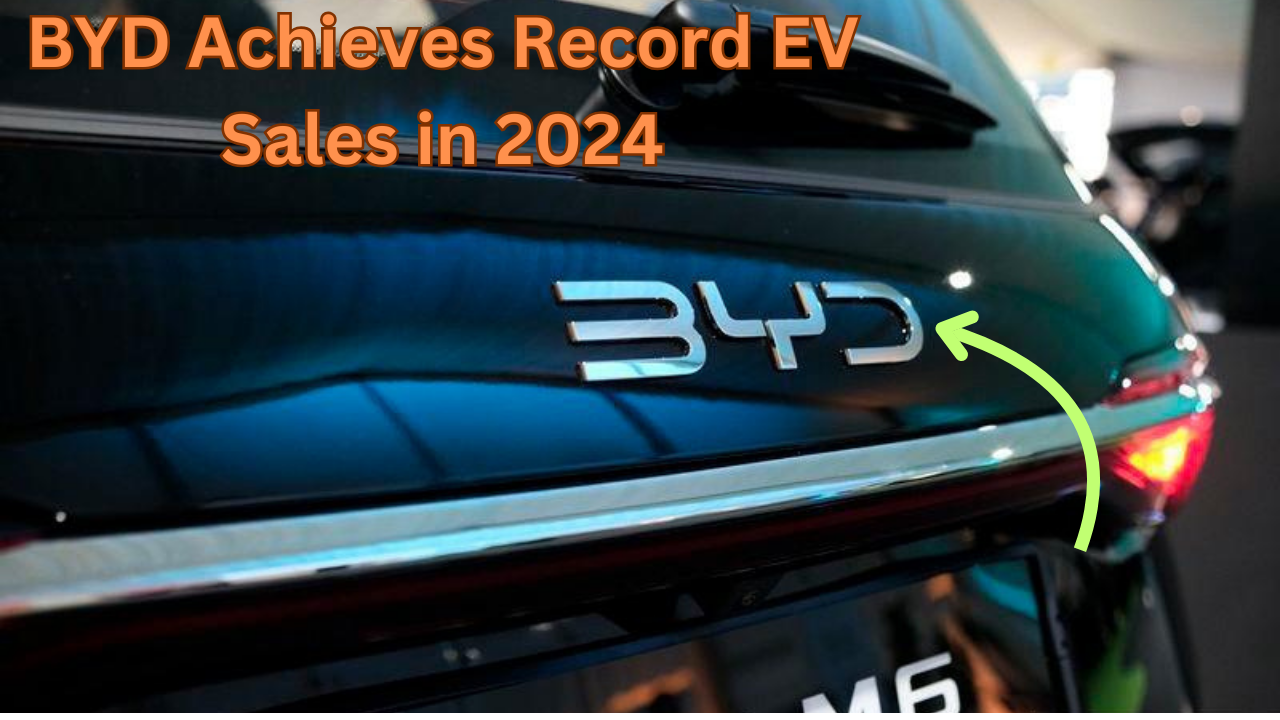

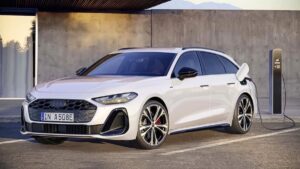

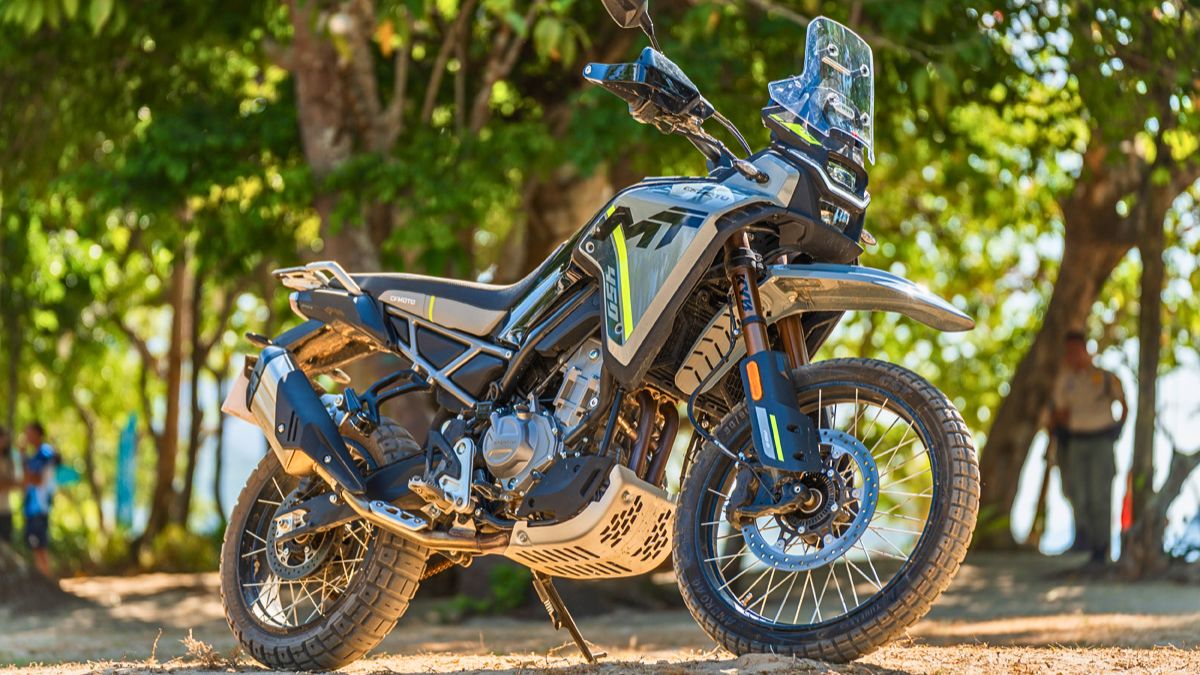
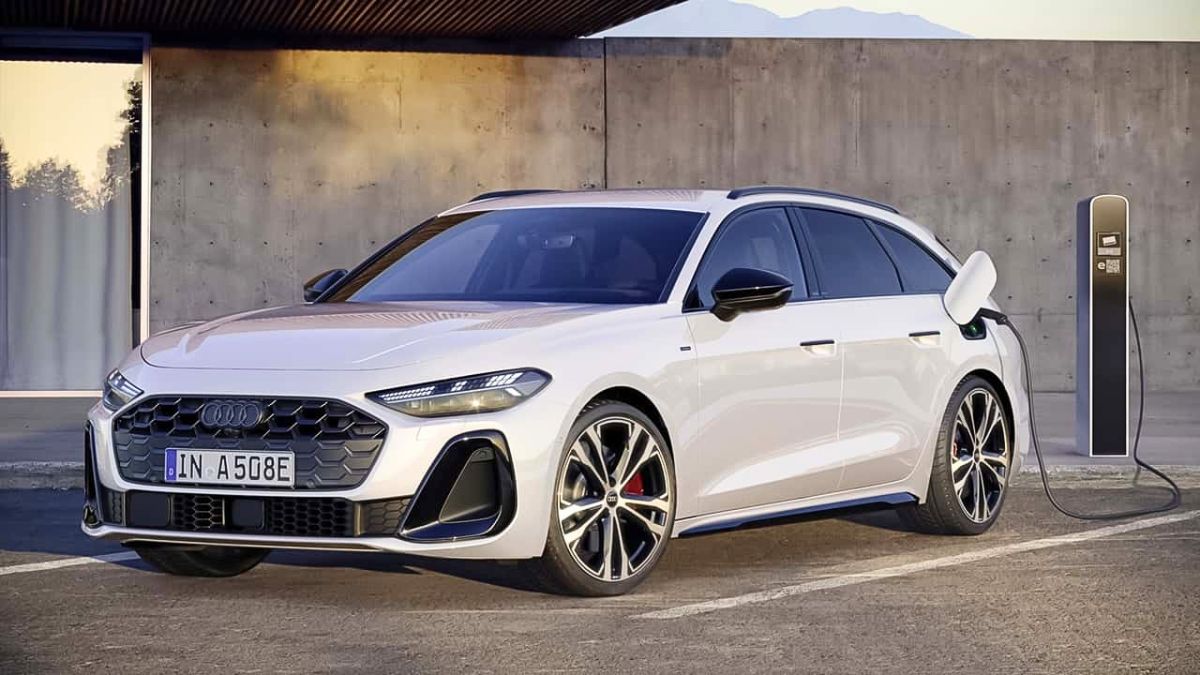

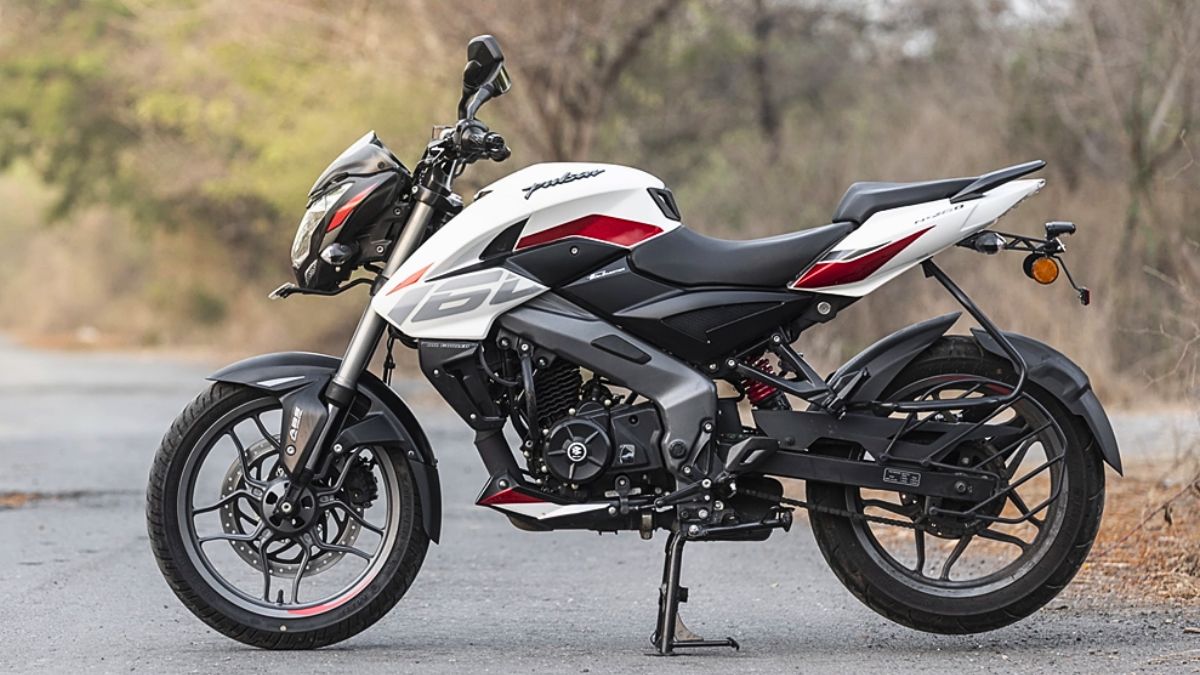
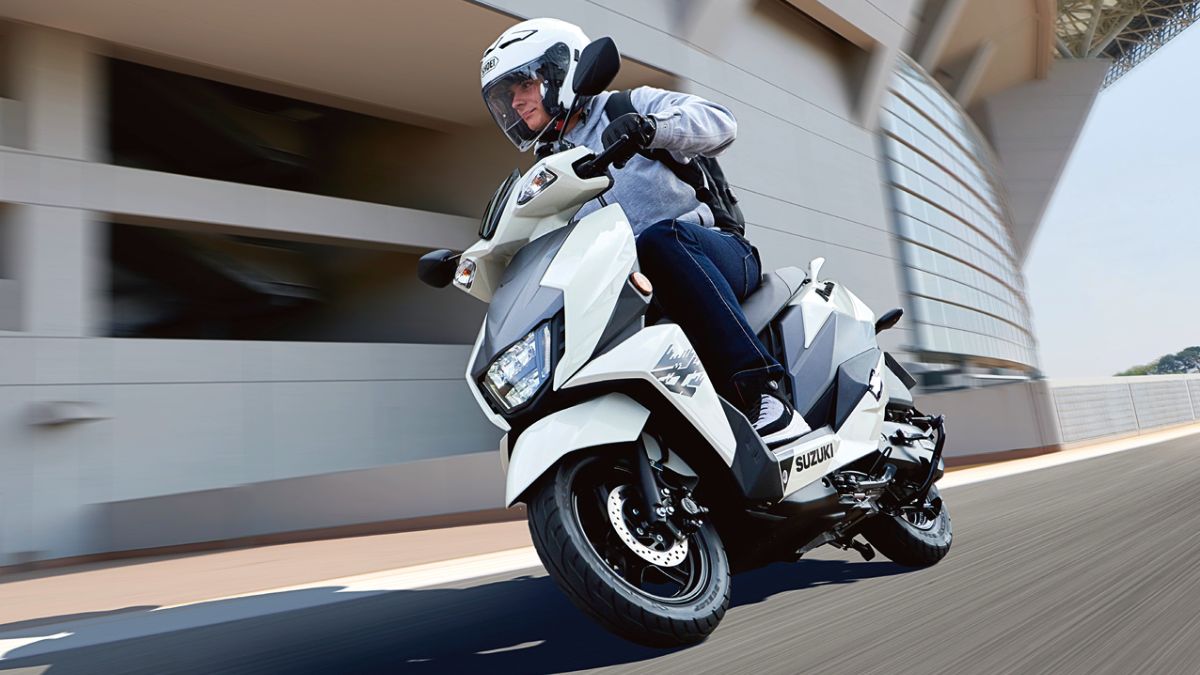
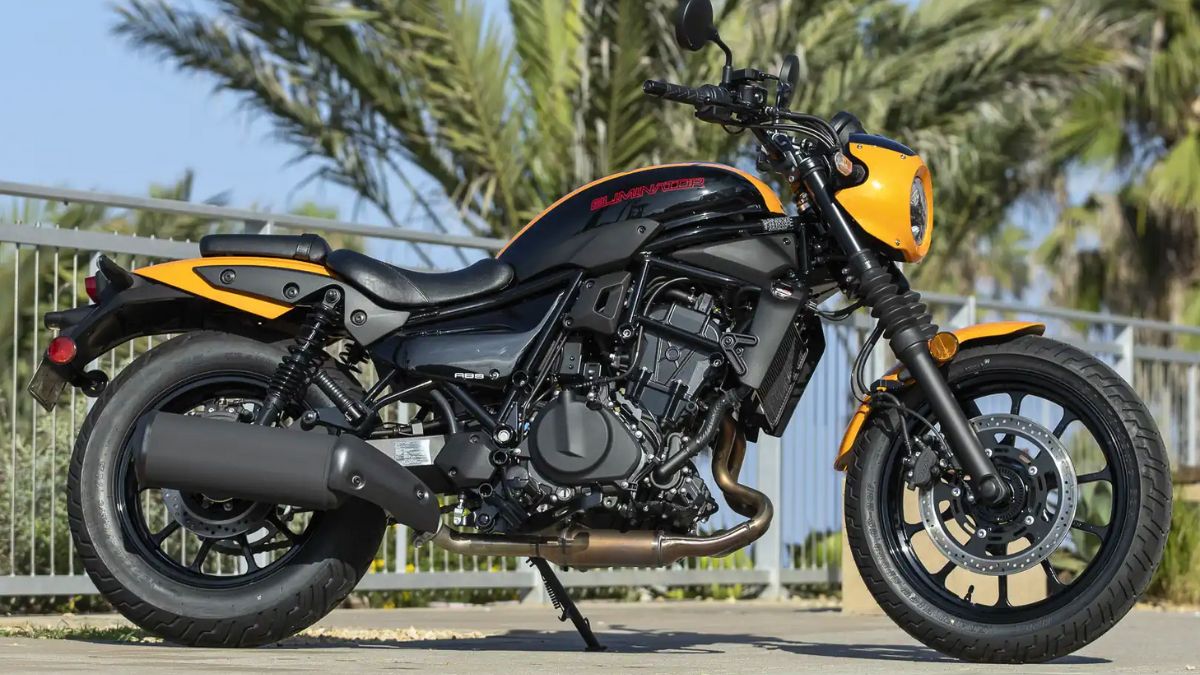
1 thought on “BYD Achieves Record EV Sales in 2024: Amid Rising Competition”